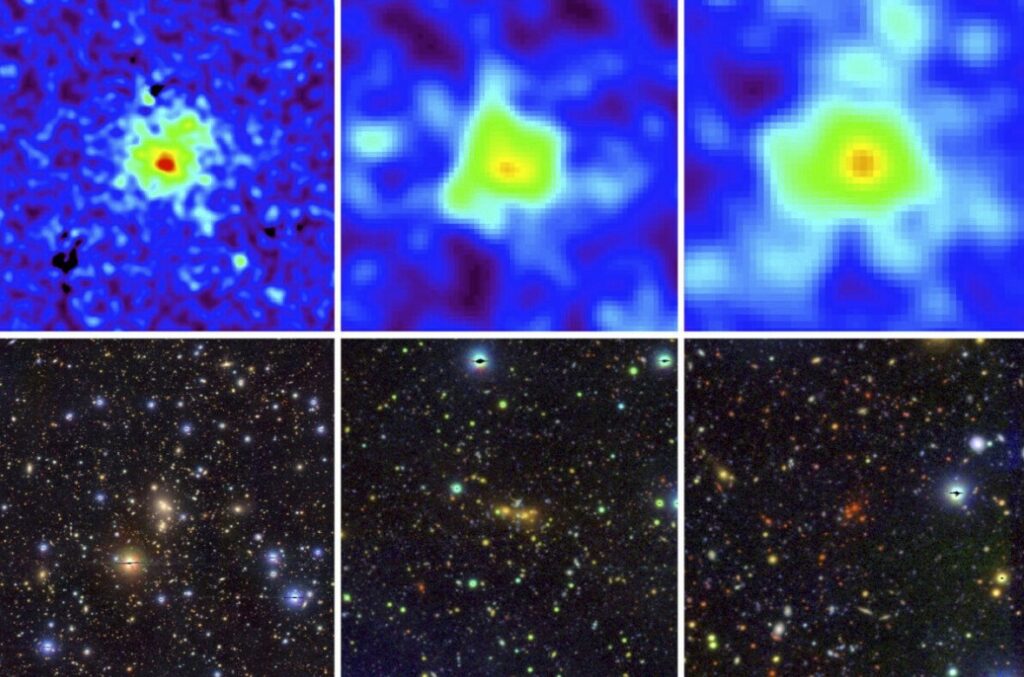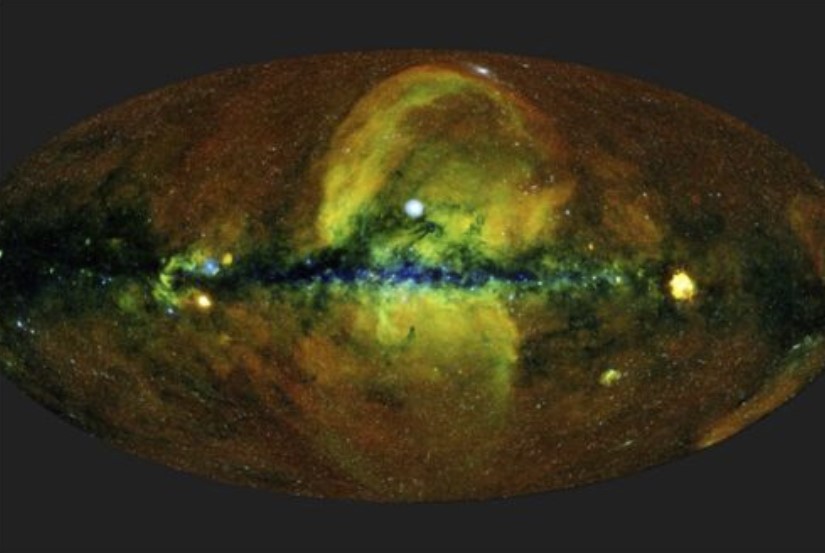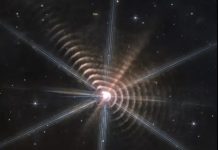An initial study of dark energy with eROSITA X-Ray telescope indicates that it is uniformly distributed in space and time.

When Edwin Hubble observed distant galaxies in the 1920s, he made the groundbreaking discovery that the universe is expanding. It was not until 1998, however, that scientists observing Type Ia supernovae further discovered that the universe is not just expanding but has begun a phase of accelerating expansion.
“To explain this acceleration, we need a source,” says Joseph Mohr, astrophysicist at LMU. “And we refer to this source as ‘dark energy,’ which provides a sort of ‘anti-gravity’ to speed up cosmic expansion.”
Scientifically, the existence of dark energy and cosmic acceleration are a surprise, and this indicates that our current understanding of physics is either incomplete or incorrect.
The significance of the accelerating expansion was underscored in 2011 when its discoverers received the Nobel Prize in Physics. “Meanwhile, the nature of dark energy has become the next Nobel Prize winning problem,” says Mohr.
Now I-Non Chiu from National Cheng Kung University in Taiwan, working in collaboration with LMU astrophysicists Matthias Klein, Sebastian Bocquet, and Joe Mohr, has published a first study of dark energy using the eROSITA X-ray telescope, which focuses on galaxy clusters.

The anti-gravity possibly caused by dark energy pushes objects away from each other and suppresses the formation of large cosmic objects that would otherwise form due to the attractive force of gravity. As such, dark energy affects where and how the largest objects in the universe form – namely, galaxy clusters with total masses ranging from 1013 to 1015 solar masses.
“We can learn a great deal about the nature of dark energy by counting the number of galaxy clusters formed in the universe as a function of time – or in the observational world as a function of redshift,” explains Klein.
However, galaxy clusters are extremely rare and hard to find, requiring surveys of a large portion of the sky using the most sensitive telescopes in the world. To this end, the eROSITA X-ray space telescope – a project led by the Max Planck Institute for Extraterrestrial Physics (MPE) in Munich – was launched in 2019 to carry out an all-sky survey to search for galaxy clusters.
In the eROSITA Final Equatorial-Depth Survey (eFEDS), a mini-survey designed for performance verification of the subsequent all-sky survey, about 500 galaxy clusters were found. This represents one of the largest samples of low-mass galaxy clusters to date and spans the past 10 billion years of cosmic evolution.
Energy density of dark energy appears to be uniform in space and constant in time
For their study, Chiu and his colleagues used an additional dataset on top of the eFEDS data – optical data from the Hyper Suprime-Cam Subaru Strategic Program, which is led by the astronomical communities of Japan and Taiwan, and Princeton University.
The former LMU doctoral researcher I-Non Chiu and his LMU colleagues used this data to characterize the galaxy clusters in eFEDS and measure their masses using the process of weak gravitational lensing. The combination of the two datasets enabled the first cosmological study using galaxy clusters detected by eROSITA.
Their results show that, through comparison between the data and theoretical predictions, dark energy makes up around 76% of total energy density in the universe.
Moreover, the calculations indicated that the energy density of dark energy appears to be uniform in space and constant in time. “Our results also agree well with other independent approaches, such as previous galaxy cluster studies as well as those using weak gravitational lensing and the cosmic microwave background,” says Bocquet.
So far, all pieces of observational evidence, including the latest results from eFEDS, suggest that dark energy can be described by a simple constant, usually referred to as the ‘cosmological constant.’
“Although the current errors on the dark energy constraints are still larger than we would wish, this research employs a sample from eFEDS that after all occupies an area less than 1% of the full sky,” says Mohr. This first analysis has thus laid a solid foundation for future studies of the full-sky eROSITA sample as well as other cluster samples.













No, this whole pile of theory has been disproved. The red shift is not caused by expansion. It is the result of lumetic decay of light over distance. The cosmic microwave background spectrum conforms almost exactly to the spectrum caused by light energy decay in specific quanta.
Astronomy is a science similar to paleontology or archaeology in that the theories depend on consensus not observation.
seriously love your channel but this is just junk. The universe is infinite there is no boundary that can be explained even in theory. For some learning go to sky scholar. there is no dark energy except maybe in Aunty buddy light year. isn’t no dark matter for that matter. All dreams that attempt to shield the reality of the universe — we live in one (uni) verse. in the beginning Abba spoke.
.
Uni-
/ˈyo͞onē/
combining form
1
one; having or consisting of one
The only definable point in the universe is the center. Its all the center